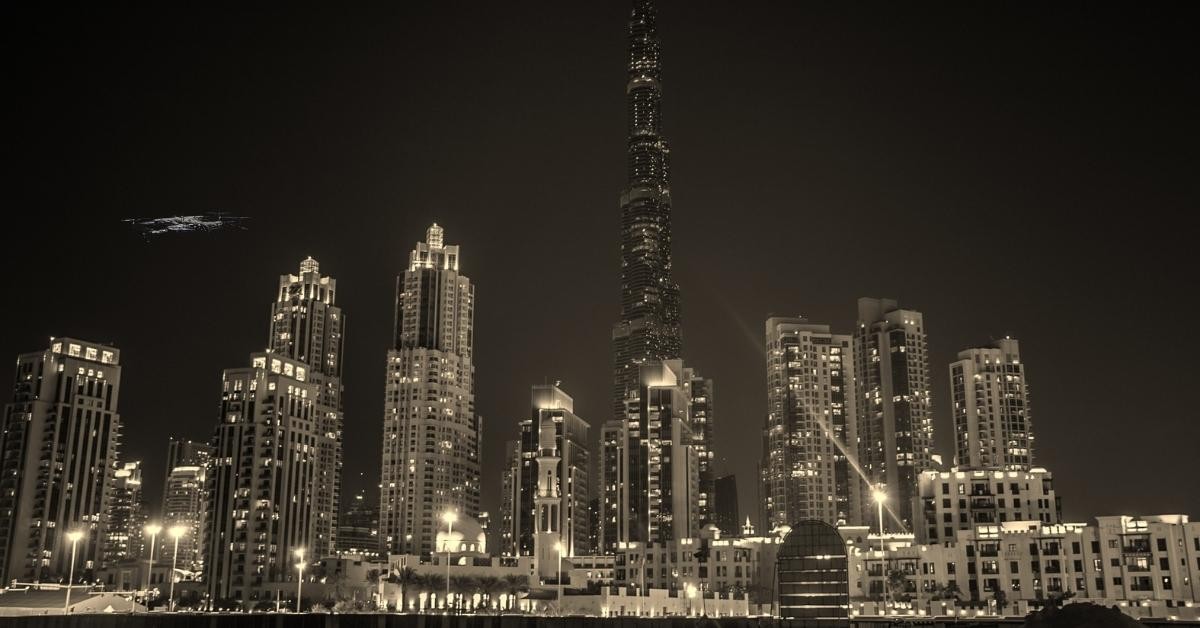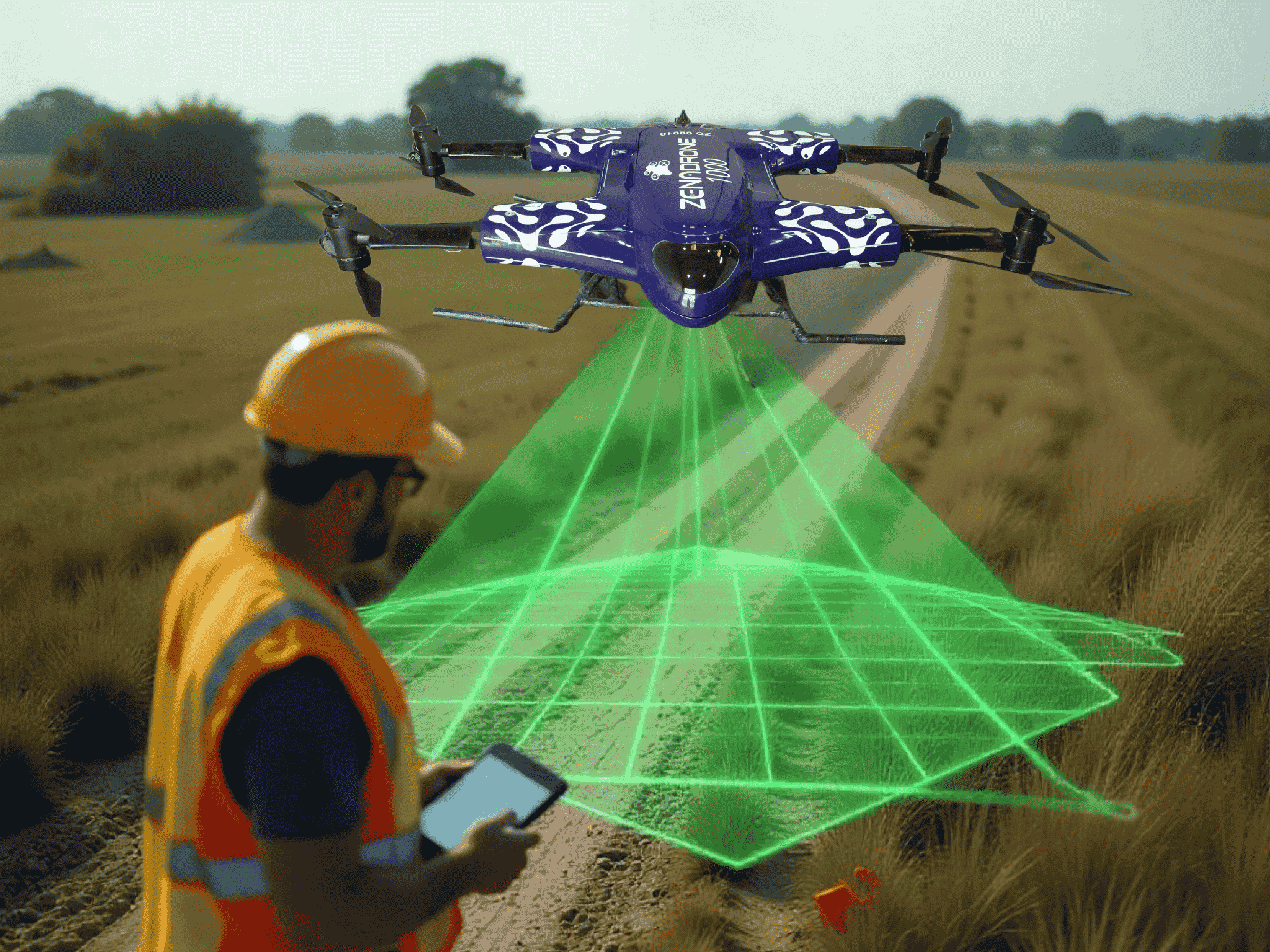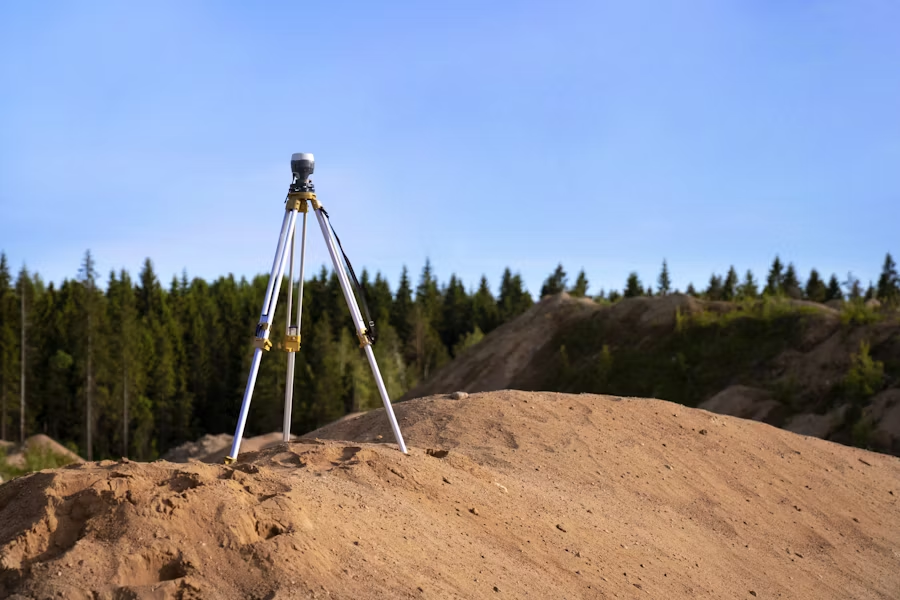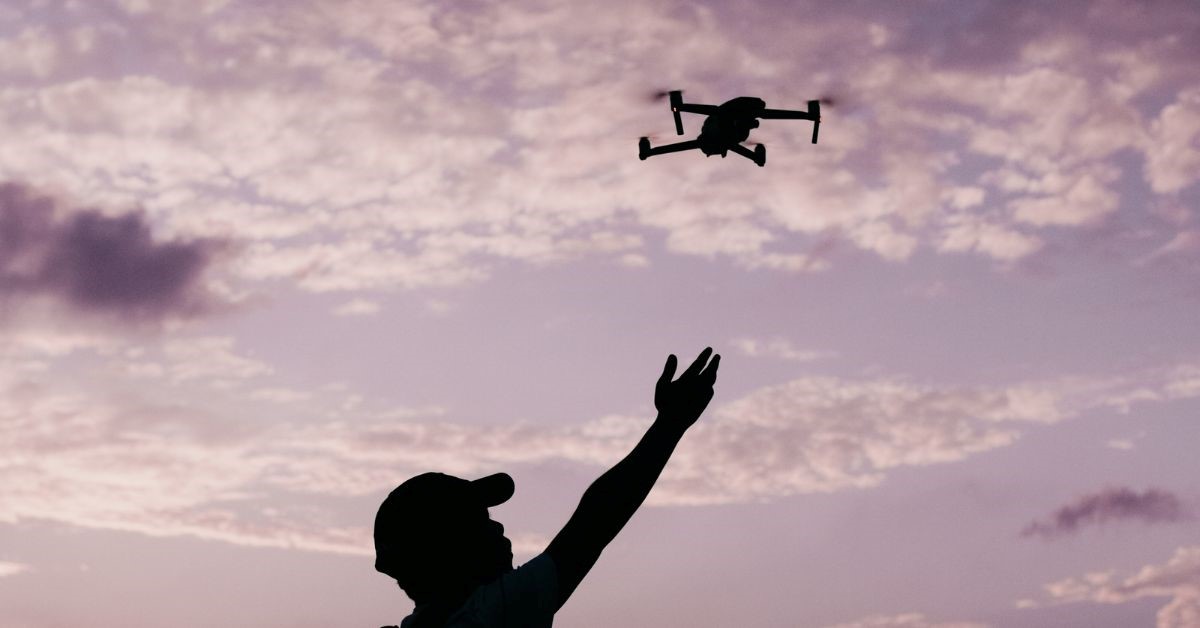Drone Licensing: A Short Guide Of Global Drone Laws
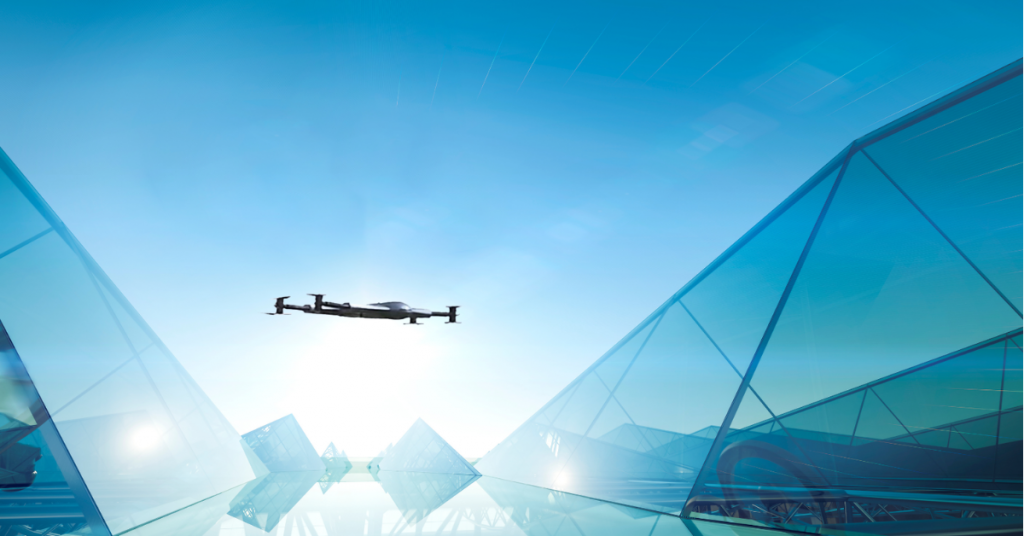
Unmanned aerial vehicles (UAVs) are rapidly evolving, and regulations are still developing. Drone license law worldwide are trying to keep up with the advancing technology and its applications. It’s essential to understand drone legislation in the area of use since they’ll know if their location is more receptive. Drones have become complicated over time, and there are a growing number and various rules. Acquiring a drone license to operate varies from one place to another. Drone laws and regulations are subject to change quickly, and it’s vital to keep up to date on these changes.
This article showcases a short list of examples of drone license regulations and registrations worldwide.
Application for A Drone License: What To Keep In Mind
The methods of drone regulation vary significantly from country to country, but the components of these regulations stay the same. Whether a government supports new technology promotion or a safety-first approach frequently determines the restriction on each element.
The national drone regulation usually includes these items:
- Insurance coverage
- Aircraft registration
- Drone license and pilot license
- Restricted zones
The integration of drone laws for each user can have advantages and disadvantages. Depending on the mass, altitude, use, and degree of the drone’s pilot license, these four aspects have different requirements. Each country’s legal system may contain a ban on UAVs’ commercial or personal use. Governments are observing the efficiency of other countries’ drone laws before enacting their own.
The obstacles to commercial drones delivery remain extensive. In most countries, the need for drones to stay in the pilot’s line of sight presents the most significant challenge. If there are enough specific laws, there are hopes of eventually expanding and acquiring a commercial drone license.
European Drone Laws And Registration
In most European nations, people can use drones for leisure activities without special permits or permission from aviation authorities. National drone laws now distinguish between commercial and personal drone use. Professional and licensed drone pilots have the exclusive right to sell photos and videos captured from flights. Here is the rule of thumb of European countries’ backgrounds and regulations on how to get a drone license:
The European Commission unified civil drone laws throughout the following nations on January 1, 2021:
- 27 members of the European Union
- Iceland
- Lichtenstein
- Norway
- Switzerland (ongoing procedure)
- United Kingdom (partially)
By law, operating a drone weighing more than 250 grams must register with the nation’s National Aviation Authority (NAA). The registration is valid for a specific time ordered by the NAA. The nation’s NAA can be where the operator’s residence or business location is. Once registration is complete, the operator receives a registration number. The registration number must be written on the remote identification system and displayed on each drone unit owned.
The European legal framework (2019/945 and 2019/947) adopts a hazardous operation approach. European methods on how to get drone license and operate legally take into account the following:
- Weight of the drone
- Technical and safety requirements
- The nature of the operation conducted
North American Drone Laws and Regulation
The countless rules that limit what drone owners and operators can do are one of the main obstacles. The Federal Aviation Administration (FAA) in the US has many regulations that have hampered the expansion of the drone industry. For both commercial and recreational drone use, the FAA has separate limitations. Although recreational drone regulations differ from commercial ones in several aspects, line of sight is still a crucial factor.
The law implemented on January 3, 2018, has implemented:
- Drone operators must register with the FAA
- Mark their drone with the registration number
- Carry proof of registration during flights
Additionally, the pilot is only permitted to fly for fun.
Drone Registration with The FAA
On December 21, 2015, the FAA’s online registration platform became operational. It mandated the registration of UAVs weighing more than 0.55 pounds (or 250 grams) but less than 55 pounds. The FAA had registered 1,509,617 drones as of December 10, 2019. The number consists of the following:
- 160,748 remote pilots
- 1,085,392 recreational drones
- 420,340 commercial drones
How to get a commercial drone license? Getting a commercial drone license involves more requirements than getting a drone for recreational purposes. The requirements include the following:
- Government-issued ID
- At least 16 years old
- Top physical and mental condition
- Literate
- Able to communicate
- Fluent in English
In some states, applicants may need to wait a few weeks to take a drone flight test. In the United States alone, there are over 700 testing facilities for commercial drone flights. If a drone operator sells drone images without a permit, the FAA can issue a fine of $1,100. Anyone who uses a drone for commercial, non-recreational, or official projects must acquire a specific license.
Users are raising the question of how much a drone license may require credit or debit cards. The FAA drone test can cost around $175, and the registration costs $5, valid for three years.
Drone Laws and Registration In Asia
The use of drones is essential for the delivery of supplies to far-off islands and emergency relief. Drones in Asia are growing at a rapid pace. In countries such as Japan, drone deliveries and personal use are now legal. Although it may take a few years before flying drones around residential areas are permitted.
For Singapore, commercial drone delivery services are now available for customers in areas where such services are inaccessible.
Conclusion
Most drone users ask: How much is a drone license? Do we need more tests to qualify? What do users need to quality as drone pilots?
Drone technology is growing fast. Regulations have regular updates and revisions, even in countries with established drone legislation. Drone laws constantly shift toward a more lax approach to regulation. However, necessary infrastructure upgrades might help such a transition succeed.
The rules on drone use are laxer globally. Although they must ensure the general public’s safety through:
- Specialized training programs
- Pilot exams based on UAV type
- Circumstances and environment of drone flight
- Liability insurance
Over the next few years, it’s advisable to keep an eye out for how drone regulations change. Drone regulations and licensing in each country certainly have similarities and disadvantages, each with its advantages and disadvantages. The registration process and application for a drone license help countries understand how to adopt technology better.
Contact Us
Thank you for your message. It has been sent.
Latest Posts
Social Profiles






